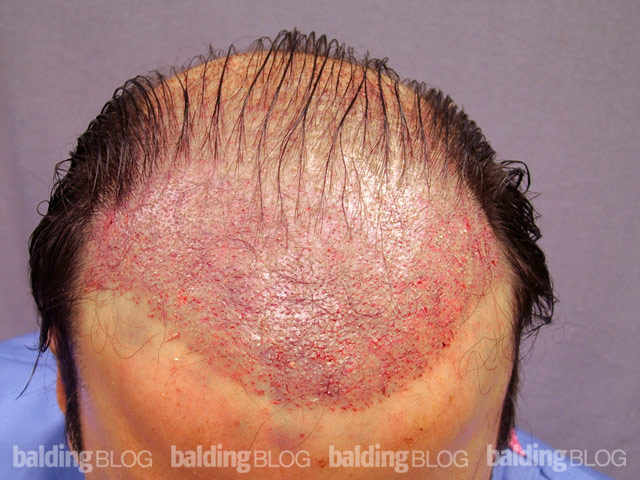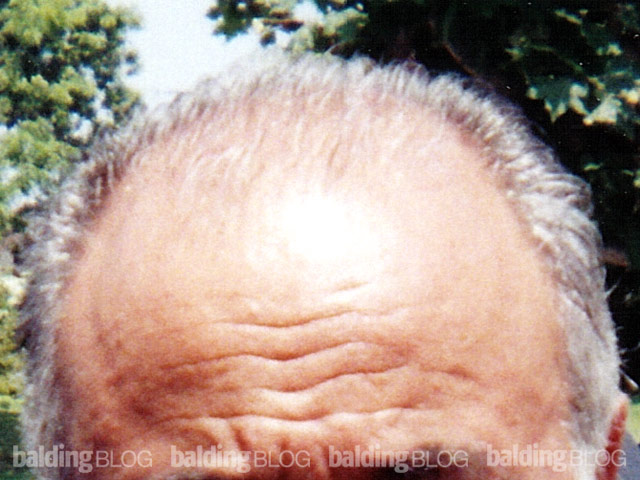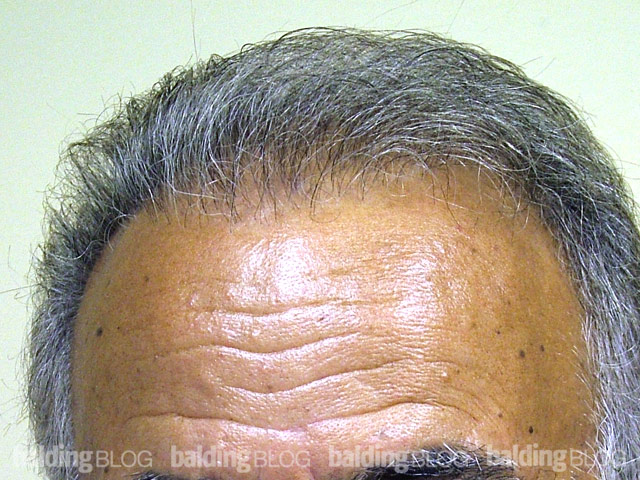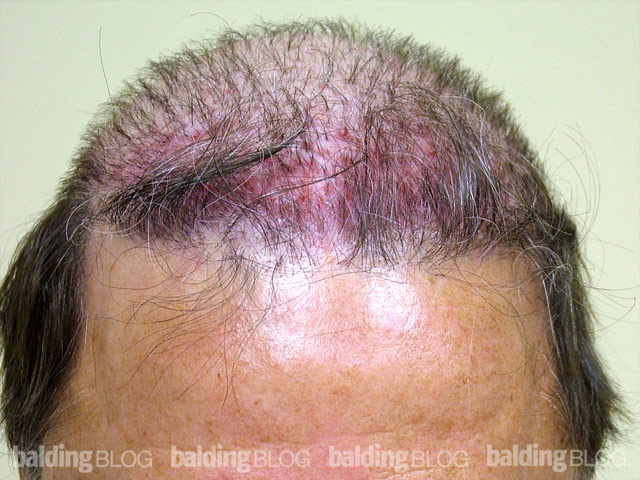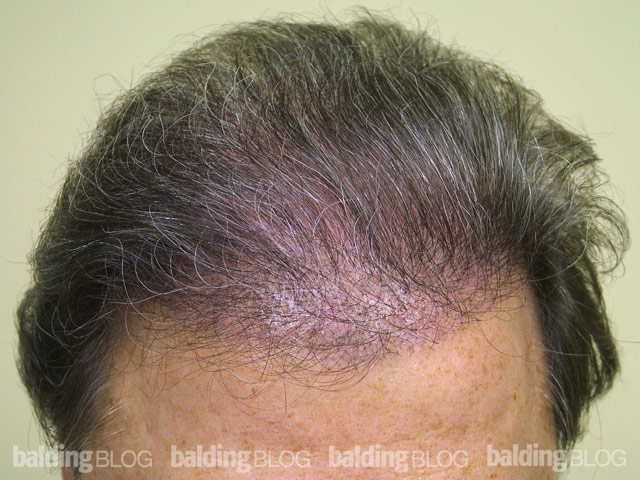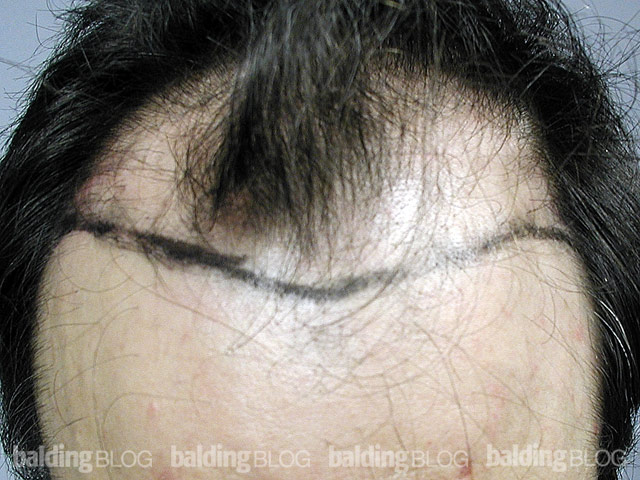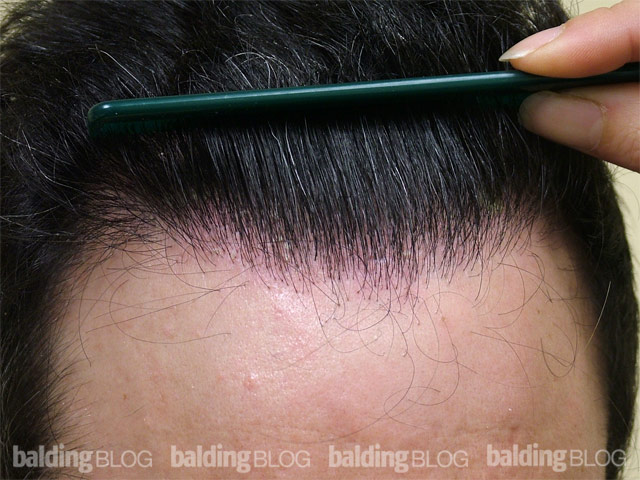What type of training does a hair transplant doctor need?

This is a difficult question to answer properly, so as I have lots of room and time to consider the question thoroughly, I will answer it in great detail. Read as much as you wish.
The Hair Restoration industry has a society called the ISHRS (International Society of Hair Restoration Surgeons) and they are trying to provide both the public and the doctors who ‘specialize’ in hair restoration a way to define this, both for those who call themselves specialists and those doctors who want to enter the field and learn how to become a hair restoration surgeon. As you may notice the way I started answering this question, I have divided the answer into two categories: The existing doctors who call themselves specialists (like myself) and the new doctors wanting to get into the field.
Existing Restoration Doctors: The existing group of hair restoration surgeons come from a wide diversity of specialties. Dermatology was the field that produced the original hair transplant process in the late 1950s, so this specialty has officially hosted the field ever since. The text books are largely written by Dermatologists and the leading medical journals in Dermatology have articles about advancements in the field with great frequency. In fact, most of the articles written by New Hair Institute doctors have been published in Dermatologic medical publications.
Now with that said, my training in hair restoration can be used as an example of one way into the field. I made a decision to get into the field in 1990 and visited doctors around North America after having read the two standard textbooks in the field. Once I decided to actually start a practice, I partnered with a doctor who had done thousands of these procedures and trained as a ‘preceptor’ with him for a period of 6 months. I personally felt capable of independence at that point, and continued working with him for a while, eventually spinning out a separate hair restoration practice. But training through a preceptor was nothing like my training as a surgeon (my actual credentials are as a general surgeon) where I spent 5 years working under the tutelage of many doctors in a formal training program where peer review was a daily process of supervision and training. In my surgical training, I also was rotated through a large number of related specialties which taught me much about how the body worked, how to perform surgery under many conditions, how to manage the very sick patient and how to manage patients with a wide variety of problems in the field. In effect, I was tested every day for 5 years and at the end of the process, I took a series of examinations that provided me credentials that are formerly recognized by the American Board of Medical Specialties. The fields of dermatology, internal medicine and emergency medicine (where most of my colleagues come from) also have a certified training program with a similar grueling and intensive disciplined process that they had to go through to obtain their credentials. The ISHRS has endorsed a specializing board for this field. This requires taking an examination and amassing some patient experience. The American Board of Hair Restoration Surgeons is not however, recognized by the American Board of Medical Specialties and to get to take the examination does not require a supervised training program of specified duration with constant monitoring of the progress of the training or the quality of the training. Most important, this ‘board’ does not supervise the training of a doctor to establish that this doctor has really met the standard of the industry. To a large degree, this problem reflects an absence of an industry standard as much as an agreement by industry ‘experts’ on what constitutes an industry standard. As such, I have personally not participated in the hair restoration ‘Board’ because of the general lack of standards in both the training and the quality of the doctors who call themselves Board Certified by this unofficial board. Despite this, many of the doctors who have obtained their certification from this board are good doctors trying their best to be the best. By taking this examination process they did show, at the least, that they are willing to be tested by their peers.
Doctors who want to become hair restoration surgeons have an enormous problem today. There are less then a half dozen 1 year fellowships with existing hair transplant surgeons. These one year fellowships are probably the best way to learn the field. Unfortunately, few medical practices see enough patients for a physician to accumulate enough experience. Worse still is the fact that the training programs do not build the type of proficiency in the manual skills of cutting and placing grafts. These two manual skills must be learned to be able to command every part of the hair transplant surgery. Too many doctors who do this surgery today are unskilled in cutting the grafts under the microscope or in placing very small grafts into a very small wound. These last two functions are supplied by medical assistants who work with the doctor as part of the surgical team. These technicians have no formal training program or certification process and they take years to train to levels of competence that make the surgical team proficient. Mastering these skills can not be done in a one year fellowship for the surgeon just because he will not have the actual time to master these graft cutting and placing skills. Also, managing the team for quality is what the surgeon must be able to do, because the follicular unit transplants themselves are not resilient and as such, are easily killed off. They are very vulnerable to dying or mismanagement from breakdowns in quality control procedures at the technician level. So the doctor training problem (because of the team nature of today’s modern hair transplant surgery) may be an insolvable problem. A new eager doctor must get training for himself and training for a team of people he puts together. Without patients of his own to practice on (coming through his office door in substantial quantities), he can not get the experience he needs to become good at it, or if he was good at it when he started, maintaining it would be the challenge. What is generally done by the novice start-up doctor, is that they hire itinerant surgical technicians who picked up their training elsewhere and bring someone elses experience to the surgery. The problem that this creates is that the technicians impose their quality and their training onto the doctor’s team. The team is only as good as its weakest person.
I can tell you of a couple of stories about doctors who went into the business recently. They are the ones I hear about, so they may be the bad stories. I suspect that I do not get the good stories through my network in this industry. I’m not naming names, so we’ll just call them Dr. X, Y, and Z.
Dr. X: Dr. X called Dr. Experience and asked if he could visit his office to watch a surgery. He came for a couple of hours. The next week, Dr. X had an Ad running in the newspapers announcing the opening of the practice. In the first day of surgery, Dr. X experienced uncontrolled bleeding. He called Dr. Experience for advice. In my Jewish culture, we call that type of bravado “Chutzpa” and it reflects badly on the doctor’s moral character as he is willing to experiment on unsuspecting patients without giving that patient ‘informed consent’.
Dr. Y: Dr. Y started his practice by doing the older type of plugs. In this way he kept his expenses down and the size of the surgery manageable. I met the unfortunate patient 6 months later, who much to my surprise, had the quality of work that was abandoned over a decade ago. The end result was an angry patient who was deformed by the procedure. I do not know what happened to the doctor, but when I called he was not doing hair transplants any longer.
Dr. Z: Observed me in my office irregularly over months. A few months into his own practice, he did one of his first hair transplants without adequate staff or skills. Unfortunately, he took out a strip of skin from the back of the head that he could not sew together. The result of this procedure was loss of the blood supply to an area of scalp 9 by 3 inches in size. A black, necrotic area developed and a wide scar (nine by three inches) resulted. I understand that a malpractice action was filed against Dr. Z.
Responsibility That Comes with Being a Hair Transplant Surgeon: One of the highest priorities for this industry is to identify some type of training modules or experiences for doctor. In this way, a good doctor can start building a resume that has a good credentialing program association. When people want to do this type of surgery, they should be able to sign up for and complete an introductory course that will bring some of the nuances for this type of career to the forefront. Then, a mechanism must be created to deal with the education, experience and hands-on training they must get. The problem is that there is no general agreement on what it takes to train a doctor short of the old preceptor approach. I have trained many doctors through preceptorships, some of whom (I am sorry to say) will never make good hair transplant doctors. We have also held a series a courses approved by the American Association of Dermatology where over 100 physicians have taken didactic and surgical training with us. These courses were comprehensive and extensive, but the 22 credit hour course would not prepare any doctor to do this surgery. This hair restoration industry has unfortunately had a long history of producing ugly and at time deforming work. These procedures were inflicted on tens of thousands of people over the past 40 years. It was the Standard of Care for far too long. Although this type of work is less common today, the new doctors entering the field could become as much a victim of their exuberance to enter the field as the patients they may ‘practice’ upon.




